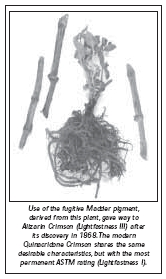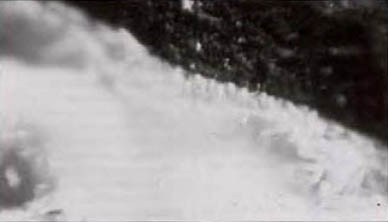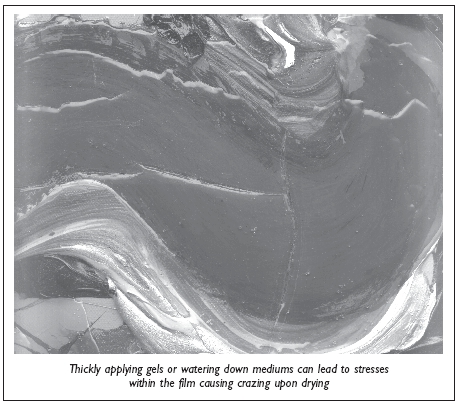
Some Historical Pigments and their Replacements
Alizarin Crimson (PR 83:1, ASTM III) Alizarin Crimson was created in 1868 by the German chemists, Grabe and Lieberman, as a more lightfast substitute to Genuine Rose Madder. This was accomplished by isolating part of the madder root colorant, 1,2 dihydroxyanthraquinone (Alizarin), from the more fugitive 1,2,4 trihydrozyanthraquinone (Purpurin). This is









